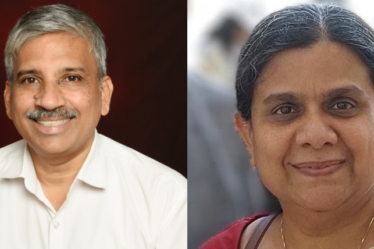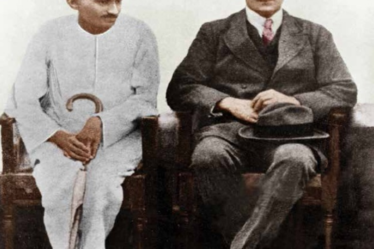Are the medical professionals so poor, as a BMJ editorial asked long ago, that they cannot afford to buy their pen, pad or pizza? And are the doctors so ignorant about the new therapies and new drug discoveries that they need help from medical representatives and the drug industry? Very few doctors learn during their graduate and post-graduate training how to ask a right question, access the information, critically appraise the article and apply that information to treat an individual patient.
No wonder, hundreds of brand named statins (drugs to reduce cholesterol) are available in the market and the pharmaceutical companies offer lucrative incentives to the prescribers, too tempting for an ordinal homo sapiens to ignore. Take for instance, amlodipine, a drug that reduces high blood pressure. Can the doctors explain the fifteen-fold price difference between the cheapest brand named amlodipine and the costliest one? Do the doctors know that streptokinase, a lifesaving clot- buster used to treat heart attacks is offered to the drug stockist by the pharma companies at less than Rs. 650 per vial and sold at Rs. 2300?
When doctors are wined and dined by the pharma industry, they start writing costliest brand named drugs, irrational prescriptions start flowing from their pens and the cost of healthcare for a patient jumps northward. There is nothing called free lunch, a fact everybody knows but few are willing to admit. It is high time that the regulators tightly regulate the interaction between the drug industry and the medical profession and ensure that doctors learn from textbooks, journals and valid web- based resources and not from the medical representatives.

